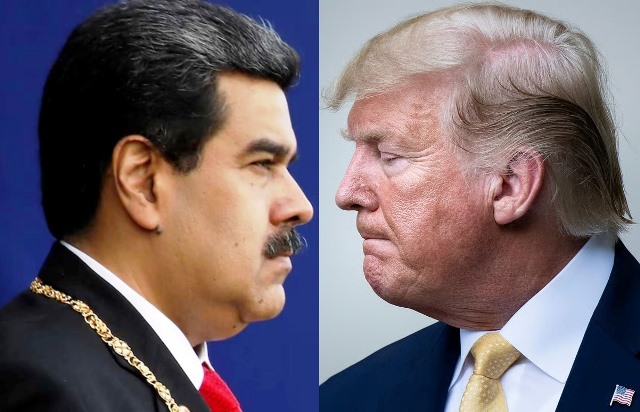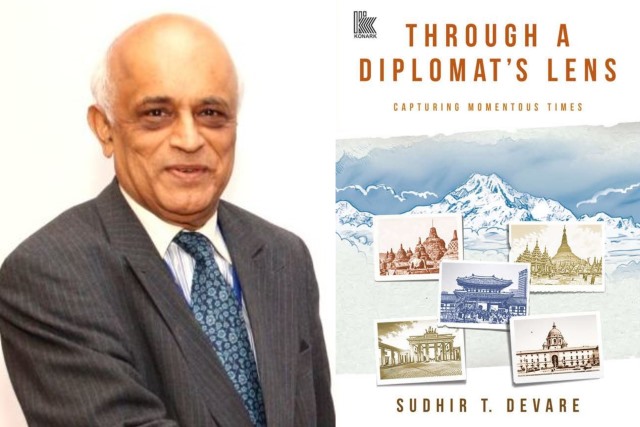
Chinese Quest For High Quality Iron Ore
(In the previous column, we discussed how China’s Growing Appetite for Steel has impacted its carbon footprint. In this concluding part, we shall analyse the mounting pressure on steelmakers to become carbon neutral and where the solution lies)
The ground reality for the steelmaking ingredient is that China, which last year had a share of 53 % of global steel production and also features in about 75% of all seaborne iron ore trade has decided to restrict annual metal output at around 1bn tonnes for two considerations. First, China’s crude steel demand is unlikely to see any major improvement from 911m tonnes in 2023 in view of tepid performance of the economy. Second, climate change being a major concern for Beijing with the campaign for clean air being assiduously led by President Xi Jinping himself, a principal target for housecleaning is naturally the big polluter steel industry. Incidentally, steel mills account for nearly 16% of China’s total emissions. This is double the global emission average for steelmaking.
As Beijing is targeting peak carbon emissions by 2030 and carbon net zero by 2060, mills have come to realise that the journey to green steel will be facilitated by the use of better grades of iron ore. Experts describe ore with high iron content whose use limits energy intensive sintering is the low hanging fruit for the industry told to reduce emissions at an accelerated pace. Blast furnace (BF) efficiency improves when ore bearing high iron and low impurities such as alumina and silica is used. At the same time, steelmakers armed with BF and basic oxygen furnace (BOF) could be a lot less environment fouling in its operation by switching to higher grade agglomerates such as pellets and direct reduced iron (DRI), using iron ore fines and low grades of ore. This will explain why Chinese steelmakers have stepped up buying of better grades of iron ore in recent years.
Supply of very high iron contained ore to Chinese mills in particular and also to others will get a boost once operationalisation of mines at Simandou in West Africa’s Guinea begins by December 2025. Simandou, which holds by far the largest deposit of iron ore of a quality not easily available, should have been in production years ago but for interminable delays caused by political uncertainty, ownership disputes and widespread corruption That the mining giant Rio Tinto secured its first exploration licence in 1997 goes as proof of uncertainty that surrounded project implementation and funding issues all these agonising years. Simandou holds over 2 billion tonnes of ore with iron content 65% mostly, a rare global phenomenon. In fact, once ore starts flowing in volumes from this Guinean deposit, it will have the potential to challenge the dominance of Pilbara region of Western Australia, the world’s largest producer and exporter of the ingredient.
Even while Western Australia has the biggest share of global crude iron ore reserves at 24%, the average iron content there is 62% in line with the world average. High grades of ore are preferred by mills for these contain fewer impurities and for the miners these have a significant impact on operating margins, helped by the premium such ore commands in the market. The interesting thing about Simandou is the involvement of a number of Chinese companies through Chalco Iron Ore Holding (Baowu group owns 20% of it) and Singapore based Winning International.
Chinese investors have been drawn to Simandou for the size and quality of ore found here. There is also the consideration of China diversifying sources of iron ore imports, particularly Australia with which Beijing had quite a few rather serious run-ins. By far the major part of Australian iron production in 2023 of 960m tonnes was shipped to China, which yielded a record 85% of $136bn revenue for Australia from iron ore exports.
No doubt the major part of Simandou production will find its way to China whose steel production is more than that of the rest of the world. Canberra has every reason to be concerned about iron ore of very high quality starting to flow from Simandou hopefully in a year and a half posing some threat to Pilbara ore exports. This is despite the freight advantage that shippers from Australia will always have over despatches from competition to emerge from West Africa. Guinea is roughly 7,700 nautical miles or 14,260 km farther from Australia and iron is a bulky commodity making it expensive to transport. But as steel mills in China in particular and elsewhere too will have the compulsion to use the relatively new capital equipment for a good number of years till their renewal becomes due and still will be required to cut carbon intensity they likely will be ready to pay extra freight for Simandou ore.
Simandou reserves have been assigned to separate consortia for development. Blocks three and four are with Rio Tinto and China’s CIOH owned by Aluminium Corporation of China (75%), Baowu Steel (20%), China Harbour Engineering (2.5%) and China Railway Construction Corp (2.5%) while blocks one and two are to be commissioned by Winning Consortium Simandou (WCS) of which the partners are Singapore headquartered Winning International Group, Weiqiao Aluminium and United Mining Suppliers. The total investment across the four blocks will be around $25bn, making it the single largest investment in African continent.
A Rio Tinto official said that the Simandou project at its full capacity use could raise the country’s GDP by 50%. At over 2bn tonnes, Simandou is among the largest single location iron ore reserves in the world. Citing the example of Australia and a few other ore bearing countries where new deposits keep on being discovered in the course of intensive exploration and mining, the director general of Federation of Indian Mineral Industries (FIMI) RK Sharma says, “Same will be the case with Simandou.” However, what needs to be factored in is the Guinean proneness to political instability, policy uncertainty and rampant corruption.
Notwithstanding its potential, it will be some years before Guinea emerges as a significant supplier of iron ore. In the meantime, according to a study, global ore production estimated at 2.4bn tonnes in 2023 is likely to register a CAGR of 1.9% till 2030 when output should be 3.004bn tonnes. Expectedly, the world’s two industry leaders Australia and Brazil will be contributing the maximum to the growth by way of commissioning new mines and capacity expansion at operating sites. This, however, has to be seen against the warning by the Reserve Bank of Australia that Chinese demand for iron ore may have peaked, setting the scene for a potential multi-decade hit to government revenue and profits of mining groups.
Hasn’t Beijing wanted the steel industry to restrict production around current level? Moreover, the industry is encouraged to realise the country’s potential to make steel through the low carbon route of electric arc furnaces (EAFs) where the feedstock is steel scrap and not iron ore. Global Energy Monitor informs that by January 2024, China had installed 151m tonnes of EAF exceeding the 2025 target capacity of 143m tonnes needed to have a 15% share of total crude steel production. International Energy Agency’s net zero by 2050 target demands in that year the global steel industry will be required to use EAF technology for 43% of total primary steelmaking with hydrogen-based DRI. All these factors combined will make the demand outlook for ore somewhat complicated. What, however, looks certain is that Chinese demand unlikely to show any significant changes, supply will remain the principal price decider for iron ore. Furthermore, in view of the mounting pressure on steelmakers to become carbon neutral, miners will be obliged to focus on improving ore quality in alignment with changing demand profile.
For more details visit us: https://lokmarg.com/
(Concluded)



